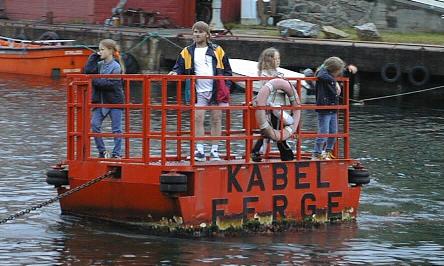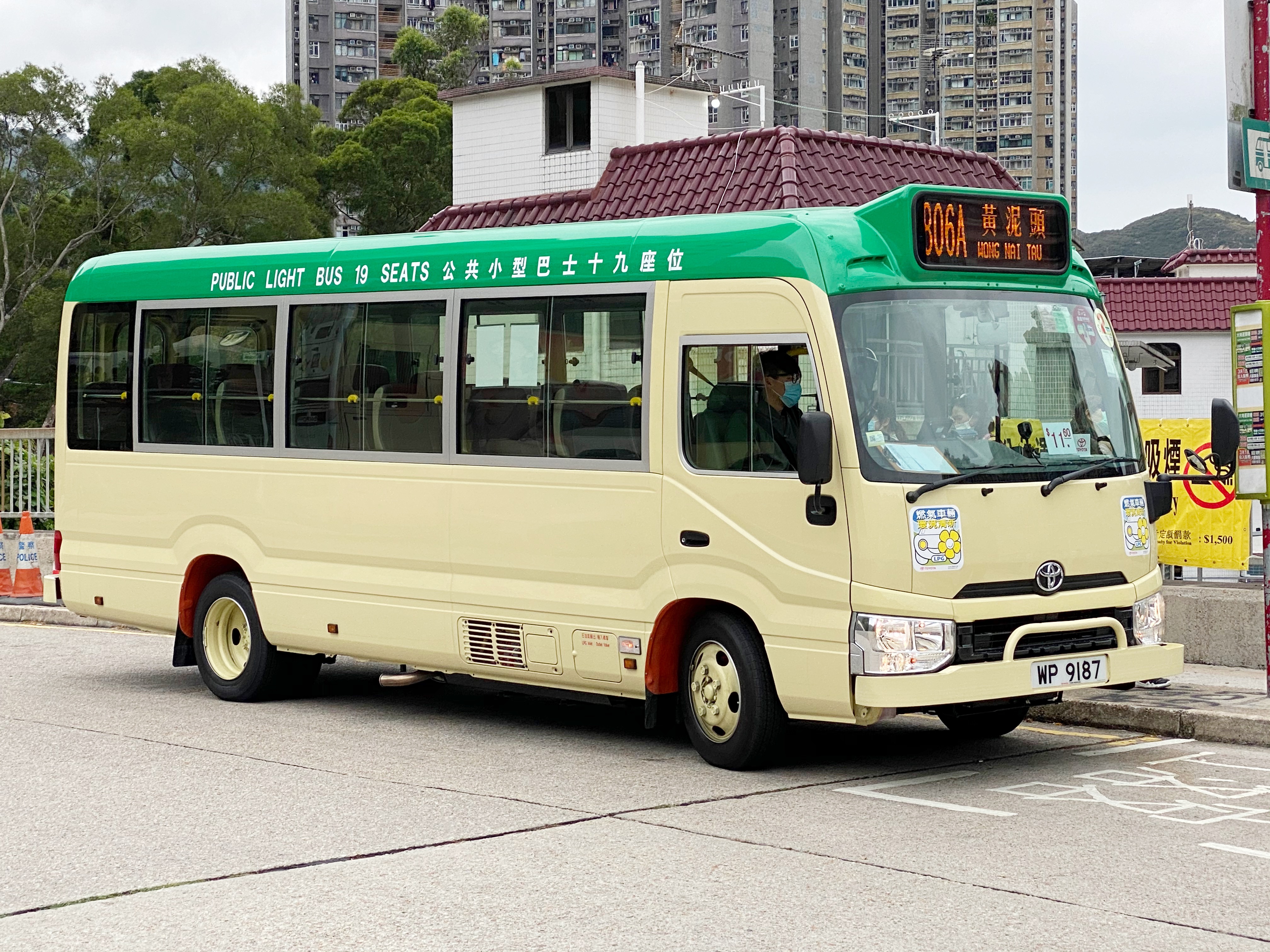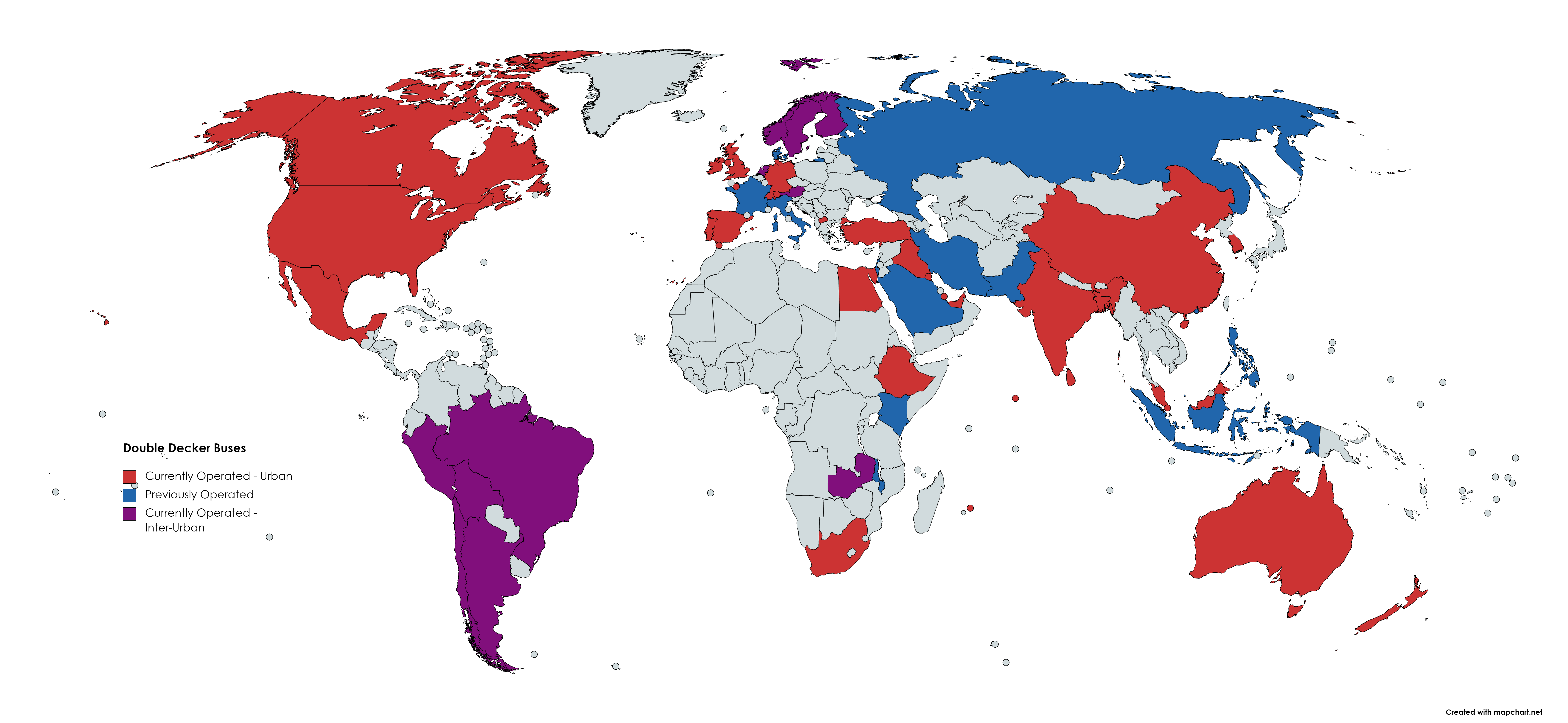|
Bulnes, England
Bowness-on-Windermere is a town in the South Lakeland district of Cumbria, England. It lies next to Windermere lake and the town of Windermere to the north east with which it forms the civil parish of Windermere and Bowness. The town was historically part of the county of Westmorland and is also forms an urban area with Windermere. The town had a population of 3,814 in the 2011 Census. Etymology 'Bowness' (originally 'Bulnes') means " 'the headland where the bull grazes', from OE 'bula', 'bull' and OE 'næss' 'headland', perhaps referring to the keeping of the parish bull." The 'on-Windermere' part was added later (found on the Ordnance Survey map of 1899), presumably to distinguish this 'Bowness' from other Cumbrian ones. ('OE' = Old English). History The town's ancient parish church of St Martin was built in 1483 but of an older foundation. The former rectory is said to have been built in 1415. A grammar school was founded in about 1600. A new building was opened in 183 ... [...More Info...] [...Related Items...] OR: [Wikipedia] [Google] [Baidu] |
South Lakeland
South Lakeland is a local government district in Cumbria, England. The population of the non-metropolitan district was 102,301 according to the 2001 census, increasing to 103,658 at the 2011 Census. Its council is based in Kendal. It includes much of the Lake District as well as northwestern parts of the Yorkshire Dales. The district was created on 1 April 1974 under the Local Government Act 1972. It was formed from the Kendal borough, Windermere urban district, most of Lakes urban district, South Westmorland Rural District, from Westmorland, Grange and Ulverston urban districts and North Lonsdale Rural District from Lancashire, and Sedbergh Rural District from the West Riding of Yorkshire. In July 2021 the Ministry of Housing, Communities and Local Government announced that in April 2023, Cumbria will be reorganised into two unitary authorities. South Lakeland District Council is to be abolished and its functions transferred to a new authority, to be known as Westmorla ... [...More Info...] [...Related Items...] OR: [Wikipedia] [Google] [Baidu] |
Windermere Railway Station
Windermere railway station serves Windermere in Cumbria, England. It is just south of the A591, about 25 min walk or a short bus ride from the lake. The station is located behind a branch of the Booths supermarket chain, which occupies the site of the original station building, in front of the Lakeland store. It is the terminus of the former Kendal and Windermere Railway single-track Windermere Branch Line, with a single platform (much longer than the trains usually seen there today) serving one terminal track. The station is owned by Network Rail and is operated by Northern Trains who provide all passenger train services. The Terrace, a row of cottages, built for railway executives in 1849, is said to have been designed by the architect Augustus Pugin. One of the fireplaces is a copy of one of his in the Palace of Westminster. The selection of the town of Birthwaite as the location of the station serving the lake was what led to it taking the name Windermere, even though ... [...More Info...] [...Related Items...] OR: [Wikipedia] [Google] [Baidu] |
Far Sawrey
Near Sawrey and Far Sawrey are two neighbouring villages in the Furness area of Cumbria, England. They are located in the Lake District between the village of Hawkshead and the lake of Windermere. The two lie on the B5285, which runs from Hawkshead to the west bank of the Windermere Ferry, a car ferry across Windermere to the east of the villages. The two are famous for their association with Beatrix Potter. She lived at Hill Top Farm in Near Sawrey, first arriving at age 30 in 1896. A number of sites in the villages were used in her books such as ''The Tale of Tom Kitten'', ''The Fairy Caravan'', '' The Pie and the Patty Pan'' and ''The Tale of Jemima Puddle-Duck''. The villages date from at least the 14th century, when Near Sawrey was known as 'Sourer', becoming 'Narr Sawrey' by the 17th century (suggesting that Far Sawrey must have been in existence by that time). Near Sawrey contains a pub, while Far Sawrey has the parish church, a hotel and pub. The village shop ceased ... [...More Info...] [...Related Items...] OR: [Wikipedia] [Google] [Baidu] |
Cable Ferry
A cable ferry (including the terms chain ferry, swing ferry, floating bridge, or punt) is a ferry that is guided (and in many cases propelled) across a river or large body of water by cables connected to both shores. Early cable ferries often used either rope or steel chains, with the latter resulting in the alternative name of chain ferry. Both of these were largely replaced by wire cable by the late 19th century. Types There are three types of cable ferry: the reaction ferry, which uses the power of the river to tack across the current; the powered cable ferry, which uses engines or electric motors (e.g., the Canby Ferry in the U.S. State of Oregon) to wind itself across; and the hand-operated type, such as the Stratford-upon-Avon chain ferry in the UK and the Saugatuck Chain Ferry in Saugatuck, Michigan, United States. Powered cable ferries use powered wheels or drums on board the vessel to pull itself along by the cables. The chains or wire ropes can be used with a su ... [...More Info...] [...Related Items...] OR: [Wikipedia] [Google] [Baidu] |
Windermere Ferry
The Windermere Ferry is a vehicular cable ferry which crosses Windermere, a lake in the English county of Cumbria. The ferry route forms part of the B5285 road and crosses the lake at about its midpoint, from Ferry Nab in Bowness-on-Windermere to Ferry House at Far Sawrey, a distance of some . The ferry is owned and operated by Cumbria County Council. The ferry operates all year, with services every 20 minutes from early morning to mid-evening. Each crossing can carry up to 18 cars and over 100 passengers and takes less than 10 minutes. A toll is charged. If the ferry is not operating, the alternative is a road journey of approximately around either the head or foot of the lake. History There has been a ferry at the site of the current Windermere Ferry for more than 500 years, with the earliest craft being rowed across the lake. During this period there was one recorded disaster, in 1635, when the ferry capsized and forty-seven people perished. The first cable ferry, powered by ... [...More Info...] [...Related Items...] OR: [Wikipedia] [Google] [Baidu] |
Minibus
A minibus, microbus, minicoach, or commuter (in Zimbabwe) is a passenger-carrying motor vehicle that is designed to carry more people than a multi-purpose vehicle or minivan, but fewer people than a full-size bus. In the United Kingdom, the word "minibus" is used to describe any full-sized passenger-carrying van or panel truck. Minibuses have a seating capacity of between 12 and 30 seats. Larger minibusses may be called midibuses. Minibuses are typically front engine step in vehicles, although low floor minibuses do exist and are particularly common in Japan. Minibuses may range in price from £2000 to nearly £100,000. History It is unknown when the first minibus vehicle was released but it is possible that the first one was the 1935-1955 Chevrolet Suburban or the Volkswagen Transporter, even though the Suburban is thought by most to be an SUV, the first generation to the third generation could have theoretically be classified as minibusses today. Usage Minibuses are u ... [...More Info...] [...Related Items...] OR: [Wikipedia] [Google] [Baidu] |
Wheelchair
A wheelchair is a chair with wheels, used when walking is difficult or impossible due to illness, injury, problems related to old age, or disability. These can include spinal cord injuries ( paraplegia, hemiplegia, and quadriplegia), cerebral palsy, brain injury, osteogenesis imperfecta, motor neurone disease, multiple sclerosis, muscular dystrophy, spina bifida, and more. Wheelchairs come in a wide variety of formats to meet the specific needs of their users. They may include specialized seating adaptions, individualized controls, and may be specific to particular activities, as seen with sports wheelchairs and beach wheelchairs. The most widely recognized distinction is between motorized wheelchairs, where propulsion is provided by batteries and electric motors, and manual wheelchairs, where the propulsive force is provided either by the wheelchair user or occupant pushing the wheelchair by hand ("self-propelled"), by an attendant pushing from the rear using the handle( ... [...More Info...] [...Related Items...] OR: [Wikipedia] [Google] [Baidu] |
Grasmere (village)
Grasmere is a village and tourist destination in Cumbria, England, in the centre of the Lake District, named after its adjacent lake. It has links with the Lake Poets: William and Dorothy Wordsworth lived in Grasmere for 14 years and called it "the loveliest spot that man hath ever found."A Farewell Retrieved 2 December 2013 Grasmere lies within the historic county of . In 1961, the civil parish had a population of 1,029. That of the and Grasmere ward was 4,475 in the 2011 ... [...More Info...] [...Related Items...] OR: [Wikipedia] [Google] [Baidu] |
Ambleside
Ambleside is a town and former civil parish, now in the parish of Lakes, Cumbria, Lakes, in Cumbria, in North West England. Historic counties of England, Historically in Westmorland, it marks the head (and sits on the east side of the northern headwater) of Windermere, England's largest natural lake. In the Lake District National Park, it is south of the highest road pass in the Lake District, Kirkstone Pass and both places are the meeting point of well-marked paths and mountain hiking trails. In 2020 it had an estimated population of 2596. In 1961 the parish had a population of 2562. Economy Local government services Ambleside is co-administered by South Lakeland District Council and in minor matters forms part of the Lakes, Cumbria, Lakes Civil parishes in England, civil parish. The other main co-administration is Cumbria County Council. Ambleside was formerly a Township (England), township, in 1866 Ambleside became a civil parish in its own right until it was abolished on 1 ... [...More Info...] [...Related Items...] OR: [Wikipedia] [Google] [Baidu] |
Double-decker Bus
A double-decker bus or double-deck bus is a bus that has two storeys or decks. They are used for mass transport in the United Kingdom, the United States, New Zealand, Europe, Asia and also in cities such as Sydney; the best-known example is the red London bus, namely the AEC Routemaster. Early double-deckers put the driver in a separate cab. Passenger access was via an open platform at the rear and a bus conductor collected fares. Modern double-deckers have a main entrance door at the front and the driver takes fares, thus halving the number of workers aboard, but slowing the boarding process. The rear open platform, popular with passengers, was abandoned for safety reasons, as there was a risk of passengers falling when running and jumping onto the bus. Double-deckers are primarily for commuter transport, but open-top models are used as sight-seeing buses for tourists. William Gladstone, speaking of London's double-deck horse-drawn omnibuses, once observed that "...the best w ... [...More Info...] [...Related Items...] OR: [Wikipedia] [Google] [Baidu] |
Stagecoach Group
Stagecoach Group is a transport group based in Perth, Scotland. It operates buses, express coaches and a tram service in the United Kingdom. History Stagecoach was born out of deregulation of the British express coach market in the early 1980s, though its roots can be traced back to 1976 when Ann Gloag and her husband Robin Gloag set up a small recreational vehicle and minibus hire business called ''Gloagtrotter'' in Perth, Scotland. Ann's brother, Brian Souter, an accountant, joined the firm and expanded the business into bus hire. In 1982, with the collapse of his marriage to Ann, Robin Gloag sold his ownership stake in the business and ceased any involvement. The Transport Act 1980, which freed express services of 35 miles and over from regulation by the Traffic Commissioner, brought new opportunities for the company and services were launched from Dundee to London using second-hand Neoplan coaches. For a while, the company offered a very personal service with Brian So ... [...More Info...] [...Related Items...] OR: [Wikipedia] [Google] [Baidu] |
West Coast Main Line
The West Coast Main Line (WCML) is one of the most important railway corridors in the United Kingdom, connecting the major cities of London and Glasgow with branches to Birmingham, Liverpool, Manchester and Edinburgh. It is one of the busiest mixed-traffic railway routes in Europe, carrying a mixture of intercity rail, regional rail, commuter rail and rail freight traffic. The core route of the WCML runs from London to Glasgow for and was opened from 1837 to 1869. With additional lines deviating to Northampton, Birmingham, Manchester, Liverpool and Edinburgh, this totals a route mileage of . The Glasgow–Edinburgh via Carstairs line connects the WCML to Edinburgh, however the main London–Edinburgh route is the East Coast Main Line. Several sections of the WCML form part of the suburban railway systems in London, Coventry, Birmingham, Liverpool, Manchester and Glasgow, with many more smaller commuter stations, as well as providing links to more rural towns. It is one of the ... [...More Info...] [...Related Items...] OR: [Wikipedia] [Google] [Baidu] |

.jpg)




.jpg)

